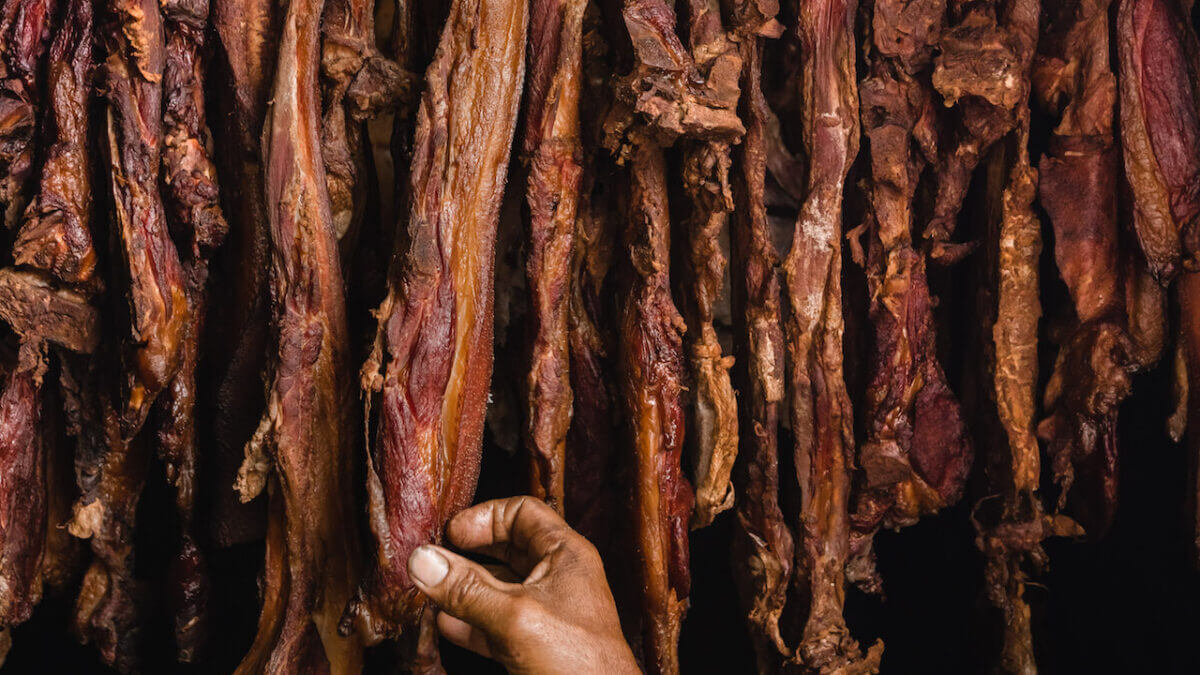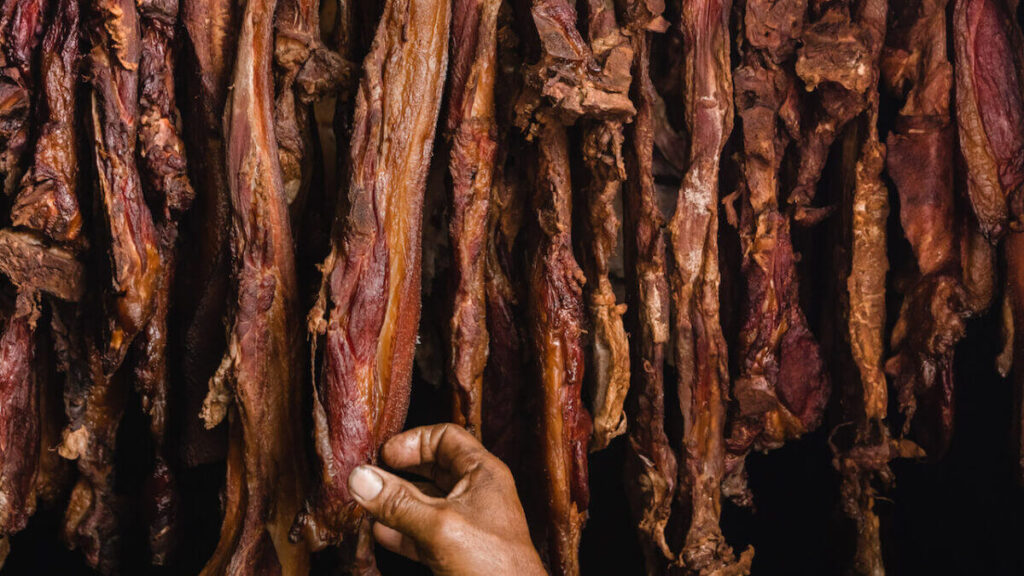Introduction
If you’ve ever explored Filipino cuisine, you might have come across a traditional ingredient known as “etag.” This unique cured meat has been a staple in the Philippines for centuries, adding a distinct flavor to many traditional dishes. In this article, we’ll delve into the origins, preparation, and culinary uses of etag, and explore why it deserves a spot in your culinary repertoire.
What is Filipino Etag?
Etag is a type of cured pork, typically made from pork shoulder or belly, that is indigenous to the Cordillera region in the northern Philippines. This traditional Filipino food is deeply rooted in the cultural practices of the Igorot people, who have perfected the art of curing meat using local methods and ingredients.
The process of making etag involves rubbing the pork with a mixture of salt, sometimes mixed with spices and herbs, and then allowing it to cure for several days to weeks. The curing process can vary depending on regional traditions and personal preferences, but the result is a flavorful, preserved meat that carries a distinctive taste.
How is Filipino Etag Made?
The preparation of etag is both an art and a science. Here’s a step-by-step look at how this traditional delicacy is made:
- Selection of Meat: High-quality pork cuts, such as shoulder or belly, are chosen for their ideal fat-to-meat ratio.
- Seasoning: The meat is generously rubbed with salt, and sometimes additional ingredients like black pepper, garlic, or bay leaves are added for extra flavor.
- Curing: The seasoned meat is left to cure in a cool, dry place. Traditional methods involve hanging the meat in a well-ventilated area to allow it to air-dry and develop its characteristic flavors.
- Aging: Depending on the desired outcome, etag can be aged for several weeks to months. The longer the curing, the more intense the flavor becomes.

Featured Image Credit: F&B Report
Culinary Uses of Filipino Etag
Etag is incredibly versatile and can be used in a variety of Filipino dishes. Its strong, savory flavor makes it an excellent ingredient for adding depth to recipes. Here are some popular ways to use etag:
- Pinikpikan: A traditional Igorot dish, pinikpikan is a hearty chicken stew that includes etag for added flavor. The cured meat is typically simmered with chicken and vegetables, creating a rich and savory broth.
- Kang Kong with Etag: Kang kong, or water spinach, is often stir-fried with pieces of etag, resulting in a flavorful and satisfying vegetable dish.
- Etag Adobo: A variation of the classic Filipino adobo, etag adobo uses cured pork to create a unique twist on this beloved dish. The etag adds a smoky depth to the tangy, savory sauce.
Health Benefits and Nutritional Information
While etag is undeniably delicious, it’s also important to consume it in moderation. Like many cured meats, etag can be high in sodium and fat. However, when enjoyed as part of a balanced diet, etag can offer a range of nutrients, including protein and essential vitamins.
Why You Should Try Filipino Etag
Etag represents more than just a culinary ingredient; it’s a piece of Filipino heritage. By trying etag, you’re not only savoring a unique flavor but also connecting with a rich cultural tradition that has been cherished for generations. Its distinct taste and versatility make it a worthwhile addition to any food lover’s kitchen.
Conclusion
Filipino etag is a remarkable example of traditional curing techniques and cultural preservation. Its deep, savory flavor and historical significance make it a fascinating ingredient to explore. Whether you’re a seasoned chef or a curious food enthusiast, incorporating etag into your cooking can provide a taste of Filipino tradition and add a new dimension to your culinary creations.
If you’re inspired to try etag, visit your local Filipino market or specialty store to find this unique ingredient. Experiment with recipes and share your etag culinary experiences with friends and family. Embrace the rich flavors of Filipino cuisine and celebrate the traditions that make it so special!
What Is Itogon Known For?
Share this post: on Twitter on Facebook




I am extremely impressed with your writing abilities and also with the format to your weblog. Is that this a paid theme or did you modify it your self? Anyway stay up the excellent high quality writing, it is rare to peer a great weblog like this one today!
Heya this is kind of of off topic but I was wondering if blogs use WYSIWYG editors or if you have to manually code with HTML. I’m starting a blog soon but have no coding experience so I wanted to get guidance from someone with experience. Any help would be greatly appreciated!